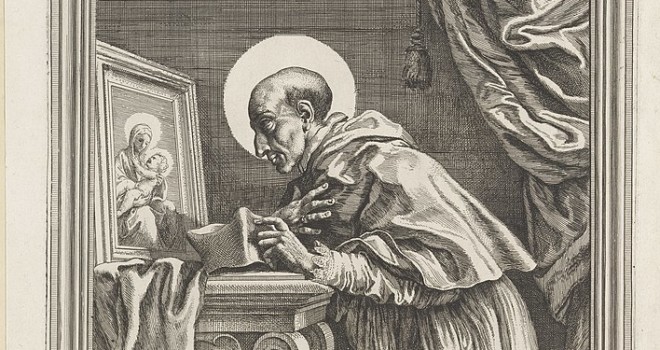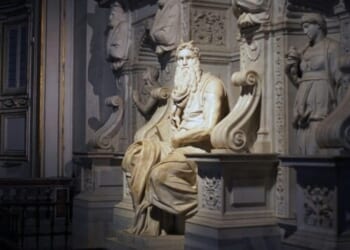St. Turibius of Mogrovejo was born in 1538 in Spain. A brilliant scholar and professor of law, he was unexpectedly appointed Archbishop of Lima, Peru, despite being a layman at the time. After ordination, he traveled to the New World, where he tirelessly worked to evangelize and protect the indigenous people. He learned native languages, traveled on foot across vast regions, and strengthened the Church by building schools, churches, and seminaries. Facing opposition from corrupt officials, he fearlessly defended the rights of the poor and upheld justice. He confirmed St. Rose of Lima and St. Martin de Porres, leaving a legacy of missionary zeal and pastoral care before his death in 1606.
Practical Lessons:
- Defend Those Without a Voice: St. Turibius spoke out against injustice and protected the vulnerable. Today, we can stand up for those who are mistreated at work, in our communities, or online by promoting kindness and fairness.
- Learn to Communicate with Others Effectively: He took the time to learn indigenous languages so he could better serve his people. In our daily lives, this means listening well, respecting different perspectives, and making an effort to understand others before speaking.
- Use Your Gifts for a Greater Purpose: Though he was a lawyer and scholar, he answered God’s call to missionary work. Whatever your career or skills, find ways to serve others—whether by mentoring, volunteering, or supporting a local cause.
Prayer:
St. Turibius of Mogrovejo, devoted shepherd of souls and fearless defender of justice, pray for us. Help us to use our gifts to serve others and to stand for what is right, even when it is difficult. Inspire us to seek holiness in our daily responsibilities and to bring Christ’s love to those around us. Amen.
Quote:
“Time is not our own, and we must give a strict account of it.” — St. Turibius of Mogrovejo
image: Turibius de Mogrovejo kneeling in front of an altar / Rijksmuseum, CC0, via Wikimedia Commons











